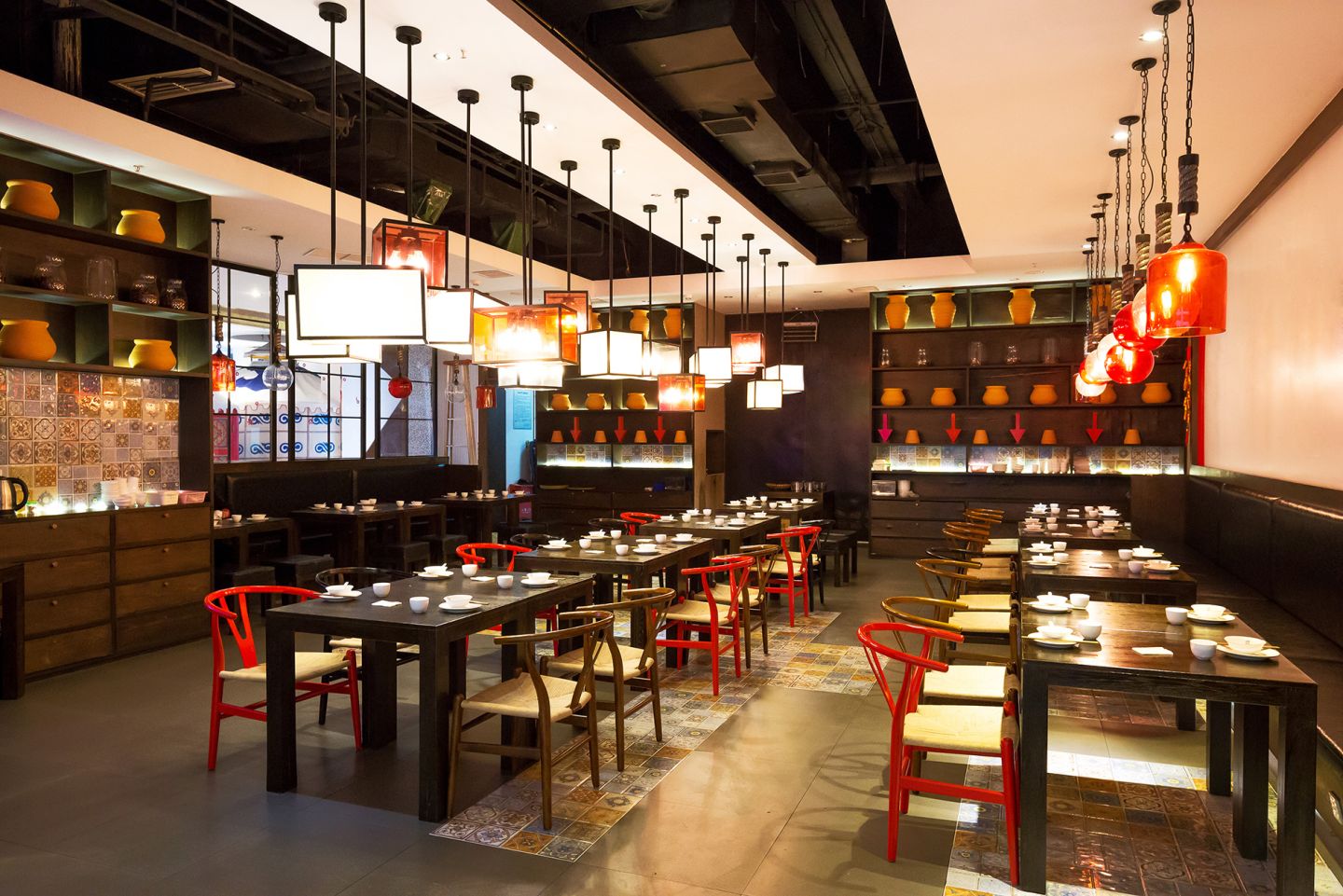The restaurant site selection process involves some of the most critical decisions a brand will make. When done well, it can be a strategic advantage that positions the restaurant brand for long-term success. When done poorly, it can limit the brand’s performance.
Consider these best practices as you define or redefine your restaurant site selection process.
Define Your Customers for Each Daypart and Delivery Channel Relevant to Your Brand
The best restaurant locations are the locations that are near high concentrations of the types of consumers who are likely to visit your restaurant or order catering/delivery. Given the restaurant industry’s expansion into new dayparts and delivery channels, it’s also important to understand who your customers are for the dayparts and channels that drive your success to ensure the correct customer mix for each location.
Many brands use demographic criteria to define their customer profile, which is an important first step, but layering in lifestyle information yields a more accurate and actionable picture. Some brands may discover that their customer profile shifts very little by daypart or channel, but others may find dramatic shifts between traditional customers and those engaging with new dayparts or delivery channels.
Determine the Criteria That Drives Your Restaurant’s Performance
While no two restaurants are exactly the same, there are some general factors that often contribute to the success of a location. These include factors such as the following:
- Customer Mix and Concentration – Great sites have the right types and concentrations of customers within the brand’s typical drive-time trade area.
- Competitors and Cotenants – Restaurants sometimes defy expectations by finding more success in areas with lots of competitors, which is known as the “restaurant row effect.” Identify whether being near competitors helps or hurts your locations and identify other friendly cotenants that boost your business.
- Area Draw and Traffic – With the exception of certain “destination” restaurants, most restaurants rely on heavy consumer traffic in an area to drive sales. Identifying areas where consumers naturally gravitate can ensure steady traffic.
Today, many restaurant brands roll these and other factors into a site scoring model that gives a quick summary of a potential site’s overall strength and how it measures up against specific criteria.
Consider the Site’s Effect on Existing Units
Before you open a new site in an existing market, you need to understand how it will affect your other sites. Some sales cannibalization is typically ok if the overall net revenue gain makes sense for the investment required to operate multiple units. Cannibalization can be included in many site selection models.
Identify the Site’s Qualitative Factors
Qualitative factors can be difficult to measure, but they have a very real effect on the success of a site.
Consider site characteristics including, but not limited to, the following:
- Quality of site and signage visibility
- Availability of parking or access to mass transit
- Ease of ingress/egress
- Presence of a left-turn signal
- Space for a drive-thru lane, if needed
- Real estate matches your needs if considering an existing building, or zoning requirements will allow new construction
Evaluate Financial Factors
Your site selection search may uncover an outstanding site, but if the finances don’t add up then it won’t be worth the investment.
Carefully consider the cost of commercial real estate, construction or renovation, and/or lease costs. Calculate the payback period to understand how long it will take to recoup the upfront investment.
The Bottom Line
Optimizing your restaurant site selection process is critical to your brand’s long-term success. Using a strategic site selection approach will ultimately yield better results than a tactical, operations-oriented mindset. Define your plan and gather the tools you need to make the right site investments now and for years to come.
If you need help optimizing your restaurant site selection process, we can help. Explore our restaurant site selection solution.


